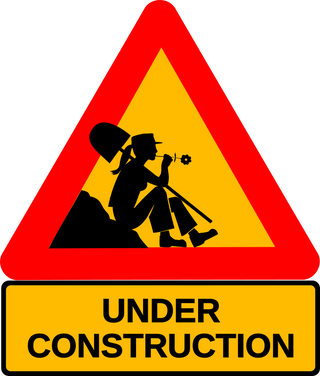Menu

How to Plant your Perennials
Prepare the entire planting area
Hopefully, you already have a garden bed prepared. If you are considering adding amendments, before or at planting time is the right time to do it. If you have poor or compacted soil, consider adding additional compost or well rotted manure right in the planting hole or to the soil you remove and then use for planting. Otherwise, my preferred method is to simply distribute the compost on top of the soil. If you do it before you plant new plants, you will naturally mix up your amendments as you plant. Bugs and worms and other creatures will do your work for you to bring top dressings down to the root zone. It seems silly to dig up a plant to add amendments around it's roots, so I don't ever dig amendments into an established bed.
Dig a hole a little wider, and as deep as the pot that the plant came in.
If there is mulch, push it out of the way to make a space for the planting hole, and also to pile the soil you dig out temporarily. Ideally, you want your plant to end up at the same level in the soil as it is in the pot. So, avoid disturbing the soil that will end up underneath it. That disturbed soil will settle, and the plant will end up settling with it and be too deep. Also, ideally, all of the soil that you remove from the hole should be used to plant with. If you dig your hole a bit wider, you may be surprised to find out that it all goes back in.

Remove the plant form the pot and prepare it for planting
To remove the plant from it's pot, the easiest way is to tip it upside down and hold it in one hand with your fingers on either side of the plant. Then, remove the pot with your other hand. Occasionally, a plants roots will fill the pot so tightly that it doesn't come off easily. In extreme cases you may need to tip the plant right way up again and cut the pot off of the plant.
Now, you should decide if there is anything that needs to be done for your new plant's roots. Ideally, the answer is nothing, you see a few roots in the ball of soil you are holding and can just tip it right side up again in the hole. But, sometimes, you may see some roots circling around and around. These roots should be gently pulled out so that they aren't going around and around any more. If they are really long, you can simply cut them off. (Really, the plant will grow more). You do not need to dig a super deep hole so that they go straight down.
If you find a solid mass of roots, then your plant is quite root bound and needs some more attention. Try to break up that root ball, and tease out some roots, so that it they will grow out away from the plant. If necessary, you can cut off some of the roots with a sharp knife or pruners. If you have a solid mass of roots to deal with, don't worry too much, that plant is obviously of the kind that grows roots easily, and will grow more once it's in the ground. You do want to make sure that the circling roots are interrupted, so if you can't do anything else, slice through the outer layer of roots.

Place the plant in the hole
Place your plant in the hole, spread out it's roots if necessary and fill up the outside with about half of the soil. Then, fill up the hole with water. The water is going to do 2 things. It will water your new plant, and it will pull the soil into any voids. You don't want big air pockets around your plants, as roots will not grow into a big air pocket.

Firm it down with your hands.
Once the water seeps into the hole, finish back filling with the rest of the soil. You should be able to get all of that soil back into the hole.You want the soil firm, but not squished. You can press about as hard as you would press a slightly overstuffed suitcase. Redistribute any mulch again.

Water
Yes, again. To help that plant to settle.
Followup care.
Usually plants start to get established easily and right away, but occasionally they suffer transplant shock. The plant wilts, and simply looks like it wants to die. The best treatment is to water it a little bit every day, and hope it revives.
How often should I water?
Unfortunately, there isn't one simple answer for this question, because it depends upon so many factors. However, your new plant certainly needs more care for its first year. You should plan to water regularly, and deeply, for it's first season. Your new plants should not be allowed to completely dry out, but neither do you want to drown them.
Should I fertilize?
Ideally, no. Perennials are a long term investment, so you want them to naturally grow to their final size. Trying to hurry them along with extra fertilizer is more likely to cause them to outgrow their roots, and then not have the root mass to survive future stresses, such as the likely event of a drought in August. If your garden exhibits problems that are due to a nutrient deficiency, then work towards fixing that specific problem. But, most garden soils do not need any additional fertilizers for perennials unless you have some plants with unusual requirements.
- Choosing a selection results in a full page refresh.

